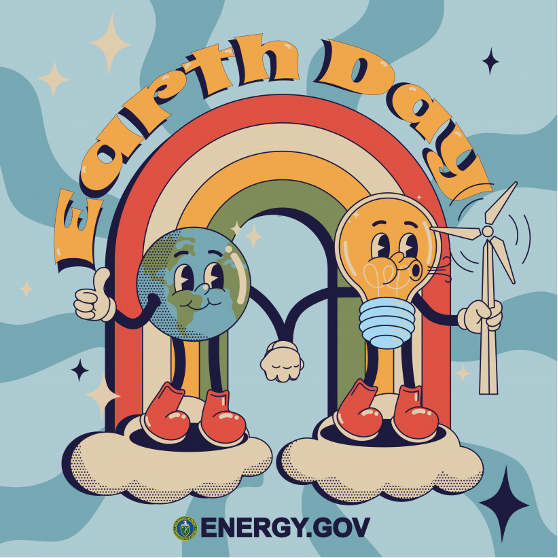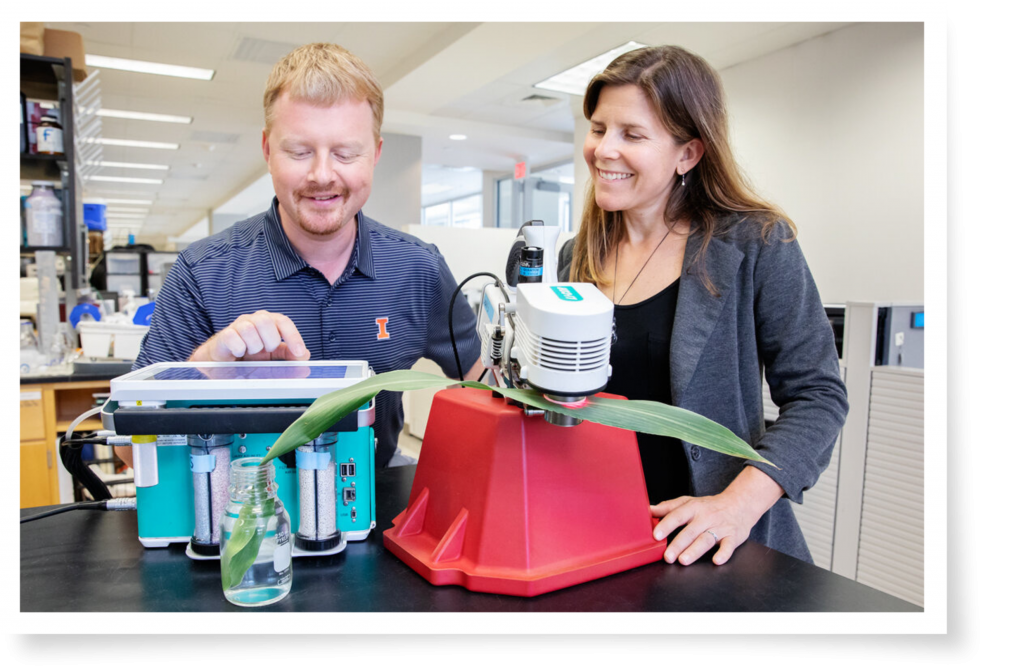With Earth Day just around the corner, The Science Coalition is pleased to be joined by Dr. Andrew Leakey for the next round of Science is Everyone: Voices in STEM. Dr. Leakey is a professor and head of plant biology at the University of Illinois and the director of the Center for Advanced Bioenergy and Bioproducts Innovation (CABBI), which recently received an additional five-year funding grant from the Department of Energy to continue its innovative work to “to develop an economically viable and ecologically sustainable domestic biofuel and bioproducts industry from dedicated bioenergy crops.”
As a leading expert in his field, below Dr. Leakey provides some big and small ways you can help the environment ahead of Earth Day.

On the first Earth Day in 1970, U.S. Senator Gaylord Nelson said, “Our goal is not just an environment of clean air and water and scenic beauty. The objective is an environment of decency, quality and mutual respect for all other human beings and all other living creatures.”
53 years later, the significance of Earth Day has taken on a new sense of urgency. According to a report by the UN’s Intergovernmental Panel on Climate Change (IPCC), “catastrophic impacts lie ahead unless the world rapidly and dramatically cuts greenhouse gas emissions.” Further, without aggressive action to reduce carbon emissions, G7 countries could lose an average of $4.8 trillion annually and up to 132 million people could be pushed into extreme poverty by 2030 as a result of climate change.
This Earth Day, here are five small and big actions we can take to improve the health of our planet.
1. Ride your bike to work
It may seem inconsequential, but beyond the benefits for your mental and physical health – studies have shown even moderate increases in bicycle use each year could reduce carbon dioxide in the air by 6 to 14 million
2. Buy energy efficient appliances
Consider this in investment in yourself. According to Energy Star, while energy-efficient appliances can come with a higher initial price tag, the savings they offer over a lifetime will save consumers thousands over their lifetime. You don’t have to start all at once either – small switches, such as replacing your incandescent light bulbs to LEB bulbs – add up over time.
3. Drive electric
Electric vehicles can help improve fuel economy, lower fuel costs, and reduce emissions. The Department of Energy reports that the transportation sector accounts for approximately 30% of total U.S. energy needs and 70% of U.S. petroleum consumption. That’s a huge strain on our environment. Electric vehicles, however, are powered by resources produced in the U.S., which makes the choice both greener and supportive of American energy security.
4. Send a letter to your member of Congress
Members of Congress play an integral role in building the United States’ long-term capacity for biofuels and the bioproducts industry. This Earth Day, let them know how important it is to you – their constituent – that they approve funding for research necessary to tackle big issues like climate change from the ground up – and before our international competitors get ahead. Find your member of Congress here.
5. Check out the Department of Energy’s Earth Day programming
I am proud to serve as the Director of CABBI, one of the Department of Energy’s bioenergy research centers. The DOE is a world leader in climate research, keeping the U.S. at the forefront of environmental knowledge and innovation. To get involved in their Earth Day activities, start here.





